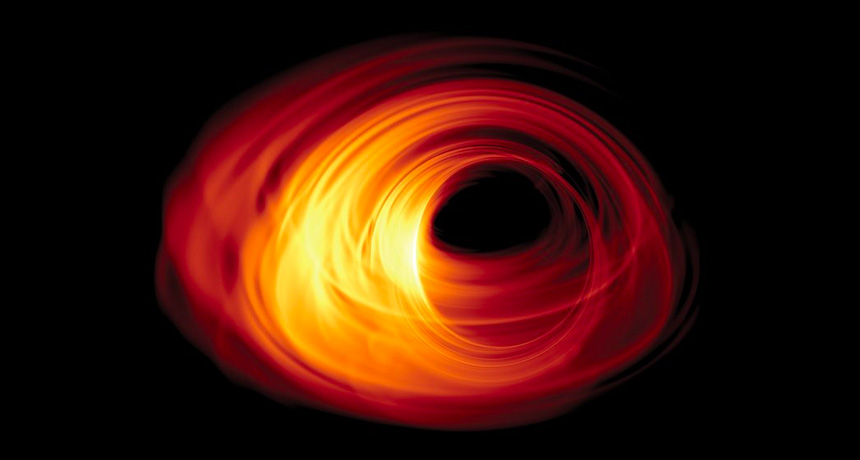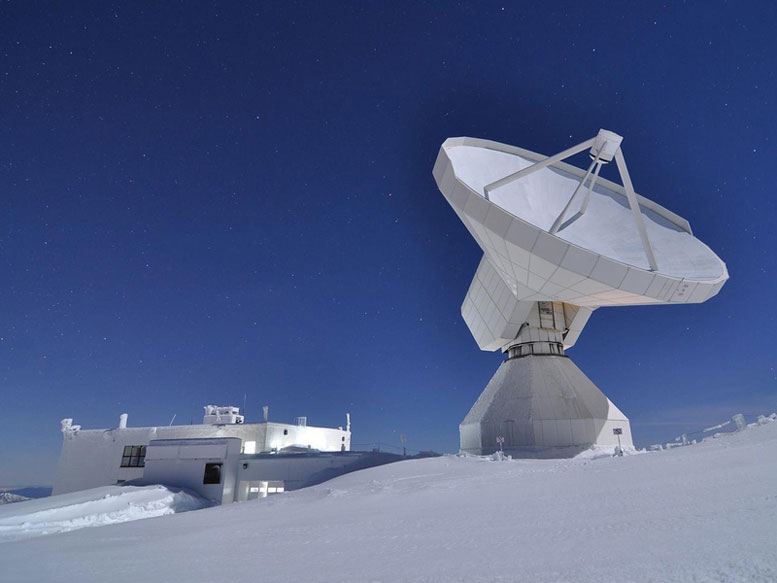

Ultimately, the higher purity of the cascade events gave a better sensitivity to astrophysical neutrinos from the southern sky. Because the deposited energy from cascade events starts within the instrumented volume, contamination of atmospheric muons and neutrinos is reduced.

To overcome them, IceCube collaborators at Drexel University developed analyses that select for “cascade” events, or neutrino interactions in the ice that result in roughly spherical showers of light. Wolfgang Rhode, professor at TU Dortmund University. IceCube searches for signs of high-energy neutrinos originating from our galaxy and beyond, out to the farthest reaches of the universe. This one-of-a-kind detector encompasses a cubic kilometer of deep Antarctic ice instrumented with over 5,000 light sensors. It was built and is operated with National Science Foundation (NSF) funding and additional support from the fourteen countries that host institutional members of the IceCube Collaboration. The high-energy neutrinos, with energies millions to billions of times higher than those produced by the fusion reactions that power stars, were detected by the IceCube Neutrino Observatory, a gigaton detector operating at the Amundsen-Scott South Pole Station. National Science Foundation (Lily Le & Shawn Johnson)/ESO (S. An artist’s composition of the Milky Way seen through a neutrino lens (blue). In an article to be published tomorrow, June 30, in the journal Science, the IceCube Collaboration, an international group of over 350 scientists, presents evidence of high-energy neutrino emission from the Milky Way. Now, for the first time, the IceCube Neutrino Observatory has produced an image of the Milky Way using neutrinos-tiny, ghostlike astronomical messengers.

Our Milky Way galaxy is an awe-inspiring feature of the night sky, viewable with the naked eye as a horizon-to-horizon hazy band of stars.


 0 kommentar(er)
0 kommentar(er)
